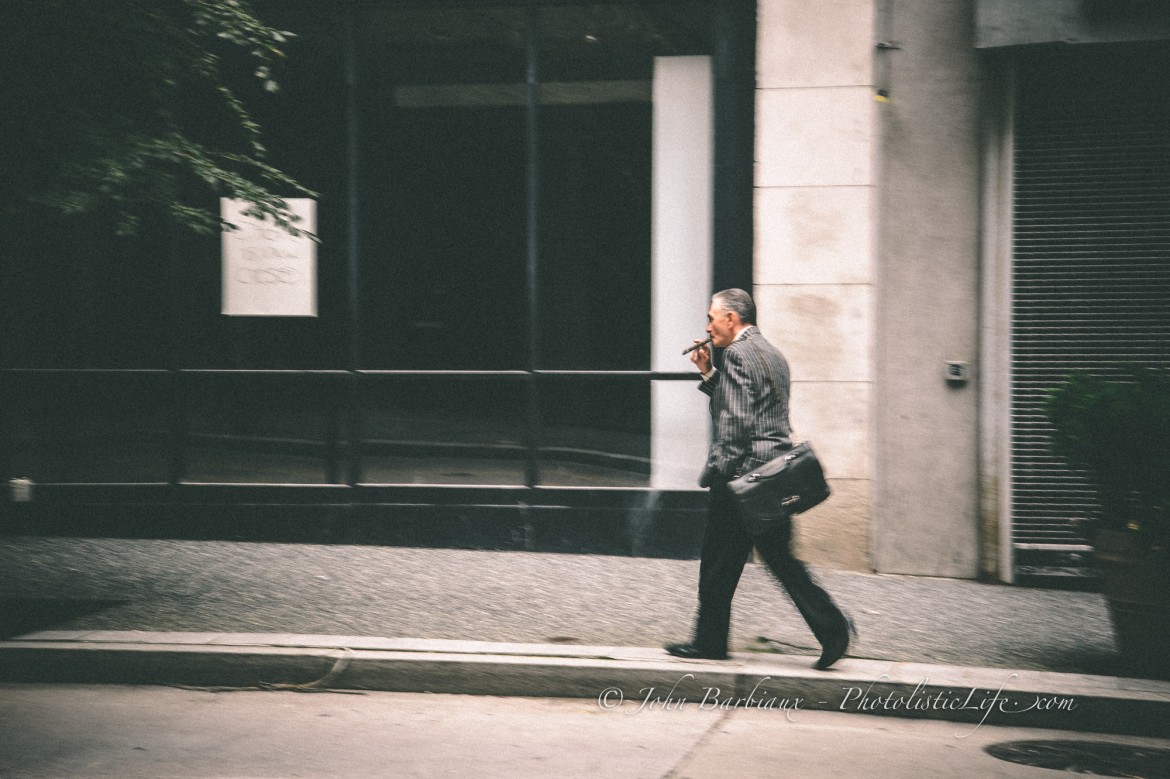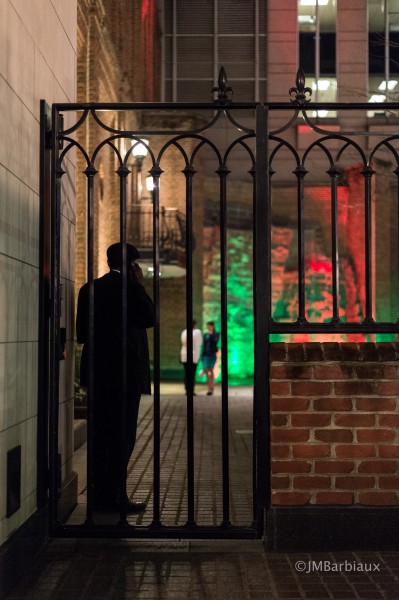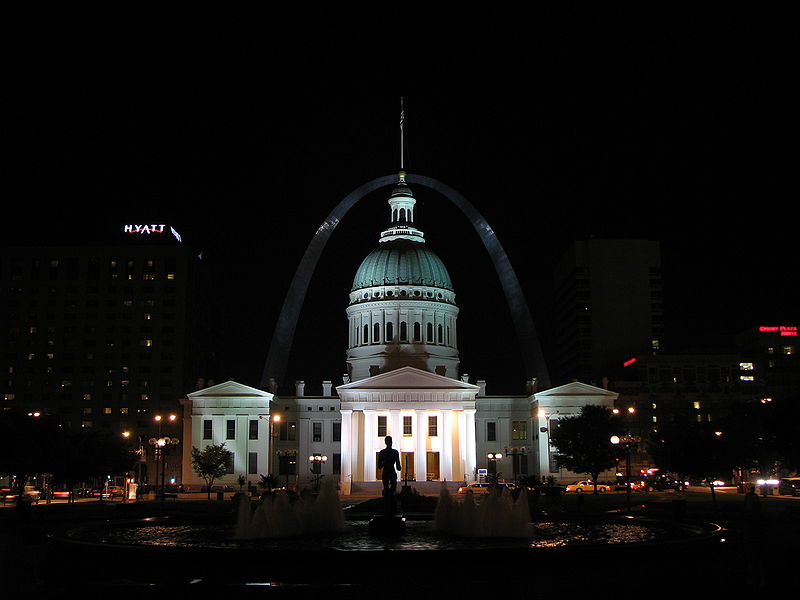Too often people head out with their cameras in the hopes of capturing tack sharp photographs of beautiful scenery or people but come home to find that it looks like all they captured were watercolor paintings of the images they envisioned. Fear not, the camera companies are not conspiring to see how pissed off they can make you… 99.9% of the time it is because your shutter speed is too slow. I’ve listed some other variables that could cause soft looking images below but I’m going to focus on shutter speed for this article.
Other culprits of fuzzy focused images are poor quality lenses, forward or back focus issues, problems with the cameras auto focus, crappy lens filters, subjects speed of motion. I’m sure there are more variables, but you get the idea.
Listen, Feel, Look
My OCD went crazy when I typed the heading for this section, look, listen, feel is the natural sounding way to order those words but I wanted you to know the order in which to execute these simple sensory tasks. And simple it is, when you finish reading this you’ll say to yourself “this is common sense”… Hindsight being 20/20 and all.
Pro Tip: Your shutter speed should at least be as fast as the numerical value of the lens you are using. Fifty millimeter lens? 1/50th is the slowest you can go without some impressive image stabilization built into the camera or lens and still have a high percentage chance of getting a sharp image.
First, you must learn to listen to your camera (don’t talk back to it or you might get shipped off to a padded room someplace). Every camera has a unique shutter sound, I can generally pick it out of a crowd if I’m not too distracted. Often when I shoot with other people I’ll say, seemingly out of the blue, “your shutter is too slow, your image may come out blurry.” I can hear the delay between the click and the clack of the shutter. If you aren’t using a tripod there should really be no delay, it should sound like a fairly quick click.
Pro Tip: If you’re a street photographer who requires ninja like stealth and keep your X100T on completely silent mode you’ll have to skip listen and go right to feel.
Second, you can feel your shutter in all but a few cameras on the market. If you can’t hear the clickety-clack of your shutter then feel it. My X100T is the only camera where it’s tough to tell how fast or slow my shutter was based on sound or touch. It’s completely silent and the feel is always about the same. Every other camera I’ve ever used has a distinct feel to it when the shutter releases. If you can’t hear your camera then pay close attention to the feel of the shutter release when you press down on it. If it is quick and crisp you have got yourself a solid shot that will probably be sharp. If there seems to be a delay then you’ll have to proceed to the third step to ensure you’ve captured a sharp image.
Finally, look at your image on the LCD screen (if you have one). As you get better at listening and feeling your camera you can move away from this step… Veteran street photographers call this “chimping”, the reflex to look at your LCD after each shot, and it’s frowned upon. With that being said, if I’m working for a client who is paying me you can bet your butt I’ll be chimping from time to time.
Interestingly, if you didn’t check your LCD screen while doing portrait, landscape, commercial, and just about every other type of photography (other than street photography) I would think you were a bit of a cliché. Kind of like those folks who tell you “professional photographers only do this…” as if they know every professional photographer and took some sort of comprehensive survey that only they had access to but felt they needed to share the results with everyone in the world.
If you follow the three steps above you can ensure that you won’t leave with a fuzzy photograph unwittingly. Now that you know how to tell when your shutter is too slow let’s talk about ways to speed it up.
Pro Tip: There will be times when the solutions I list below just won’t cut it and you’ll need a tripod. Try to think ahead when you are heading out with your camera and imagine all the places you will be shooting. Also, it really helps to know the limitations of your camera, some cameras can shoot into ISO 6400+ without an issue while others begin to look like pixel puke after ISO 800 (again, talking to you Leica!).
ISO and Aperture
If you are unfamiliar or need a refresher on the relationship between ISO, Aperture, and Shutter Speed (the most important relationship in photography) please check out the exposure triangle article I posted some years back.
Refreshed? Great. If your shutter speed is just too slow and your images look a bit fuzzy (or perhaps your subject is moving quickly and their hands and feet look like abstract paintings) you can compensate by adjusting your ISO, Aperture, or both.
The first adjustment I’ll usually make is to my aperture. If my shutter speed is too slow and I don’t need a wide depth of field I will open my aperture (think lower f numbers) until my shutter speed is able to be increased to the speed I need. Remember that the lower the f-number, like f/2, the shallower your depth of field. Be sure your subject(s) are all on the same visual plane otherwise the one you focus on will be sharp while ones slightly in front or slightly behind your main subject will be blurred because they are out of the depth of field.
Pro Tip: Be sure to shoot in RAW format as this retains the most data for post processing. If you are shooting in tough lighting this is beneficial because of the increased depth of field as well as the flexibility with white balance adjustments after the fact.
Increasing your ISO will increase the amount of light your camera sensor senses which will allow you to counter with an increase of the shutter speed. The caveat here is that with the increase of your shutter speed you can introduce digital noise into your photograph (especially in the shadows). The upside is that newer cameras are phenomenal at higher ISO ranges, sometimes being able to shoot at ISO 6400 without introducing too much noise.
If you are shooting in very low light you may have to adjust both aperture and ISO to be able to shoot handheld. I often shoot in Aperture priority mode and leave ISO on auto with a ceiling of ISO 6400 and a minimum shutter speed of 1/125th. In low light my settings may look like this: ISO 6400, 1/160, f/1.8 as in the photograph below.
If you are familiar with the inner working of a seesaw you can imagine the adjustments of ISO, Aperture, and shutter speed like that… You want to adjust them to maintain perfect balance over the pivot point (middle) of the seesaw. Adjusting one will have an effect on the others.
At the end of the day, practice really does make perfect. Listen, feel, and look to make sure your shutter speed is quick enough and adjust if needed. Feel free to leave your thoughts in the comments below.






There’s also how one hold’s the camera, fatigue, weather (cold), speed of the moving choice of focus and many other things. But you’ve covered the basics quite well. Keep the articles coming. Thank you.
Thanks for the feedback! I agree, there are tons of reasons one’s shot could be out of focus. I chose to stick with shutter speed for this article because through the workshops I lead and elsewhere in life that seems to be the main culprit. Solving the shutter speed issue can eliminate lots of the other issues. As you already know, a fast shutter speed can compensate for fatigue, cold weather (I assume you mean shaking hands) and a list of others. Choice of focus is a great idea for another article… Maybe the difference between the different focusing modes and how they can impact your photography? I’m always looking for great guest photographers to share their experience, let me know if you’d be interested!
I feel that my literary talents are sorely lacking and one of my weak spots to say the least. Short return commentaries are my limit. But thank you for the invite in any case. Please continue to place your articles as you see fit as they are truly grist for the photographic mill.